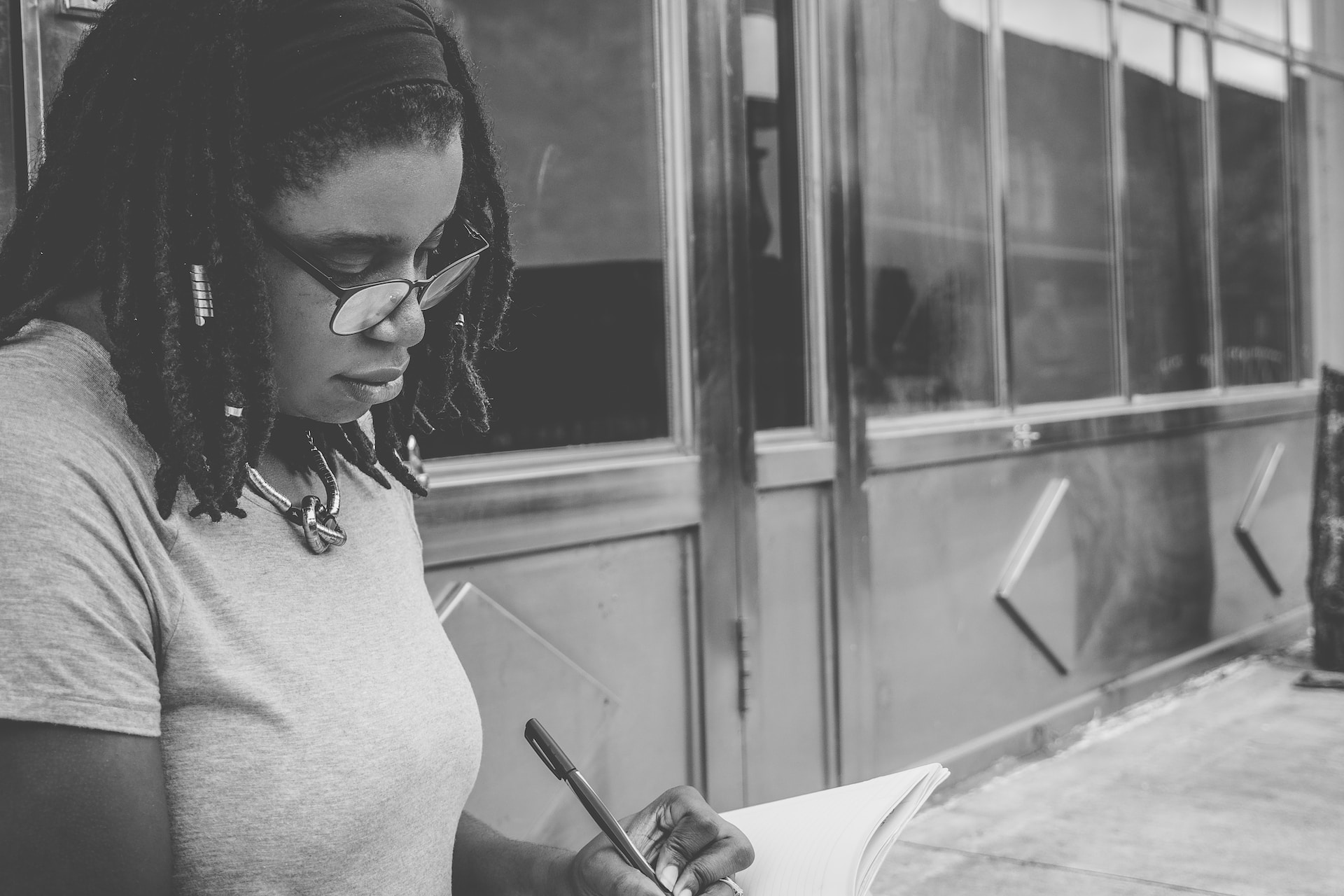Practicing Emotional Awareness

By Kelly Burch
Life is full of emotional ups and downs. You may walk into the cafeteria or dining hall frustrated about an exam result, but soon feel elated when your crush slides into your table. You may get angry that a friend is being stand-offish when they’re really just struggling with something that has nothing to do with you.
Noticing, recognizing, and understanding emotions can make navigating day-to-day life easier. Emotional awareness—being conscious of your feelings and the emotions of people around you—can give you a sense of control over your feelings and interactions rather than being swept into a dramatic story that may not be true.
Just like study habits and healthy finances, emotional awareness is a skill you can practice and improve over time. Here’s how to start.
Practice Noticing Your Emotions
Begin by noticing how you feel at different points throughout the day. Designate a few times a day—in the morning, midday, and evening—to check in with yourself about how you’re feeling.
Practice naming your emotional state or try using a mood-tracking app such as DailyBean, Moodfit, or How We Feel to record your state of mind. Eventually, you may notice patterns you can use to better understand your feelings.
Maybe you’re less likely to feel stressed after getting a full night’s sleep or less irritable when you don’t skip meals. It’s normal to feel many emotions at once, such as excitement, nervousness, and doubt before a date. Emotional awareness is like a muscle, so the more you practice using it, the stronger it will get.
Try to Notice Others’ Emotions
Once you’ve made a habit of checking in with yourself, start to notice the emotions of people around you. It’s trickier than it sounds, so try these tips:
- Don’t assume you know how someone is feeling.
- Pay attention to body language and facial expressions. They can show you when someone is feeling tense or sad, even if they say they’re not.
- Or try the opposite: Close your eyes and listen. Some research shows that people are better at identifying others’ emotions when they’re not looking at the person.
- Just ask. When you’re really not sure how someone is feeling, it’s OK to ask them.
Understanding others’ emotions can make your relationships easier. There’s no sense proposing a schedule change to your study partner when they’re already stressed about an upcoming test, or asking your boss for a day off when they’re angry about a coworker’s behavior. Noticing how others are feeling will make you a better communicator and help you build empathy and avoid conflict.






